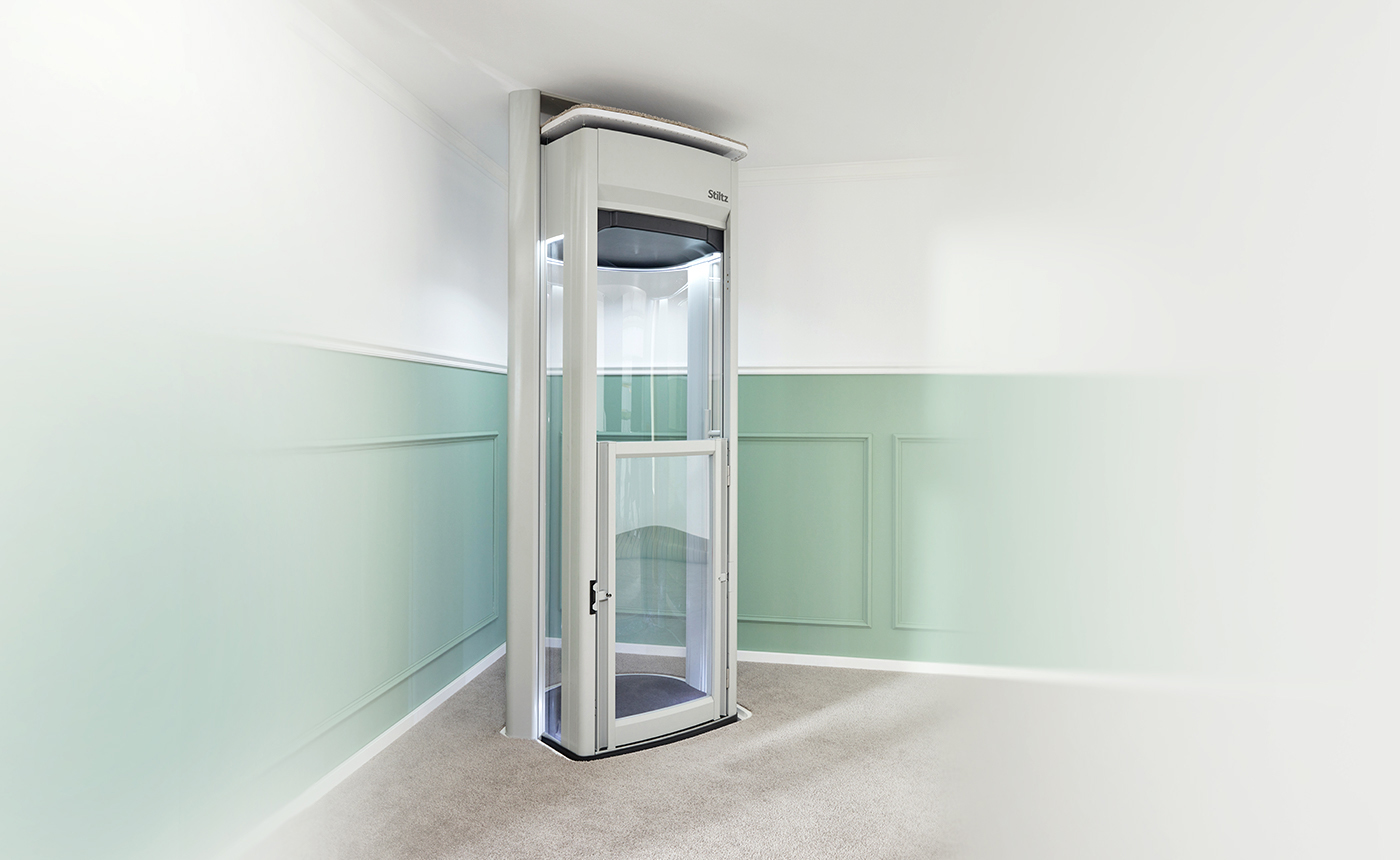Leading Lift Companies in London: Supplying Exceptional Solution and Assistance
Leading Lift Companies in London: Supplying Exceptional Solution and Assistance
Blog Article
Looking Into the World of Elevators: Usual Problems Faced by Numerous Lift Mechanisms
As we browse with the upright transport systems of modern structures, elevators stick out as a vital component of our every day lives. Nonetheless, behind their seamless procedure lies a world of detailed systems that can sometimes come across challenges. From hydraulic lifts to traction systems and machine-room-less layouts, each lift kind includes its collection of common problems. Understanding these difficulties is crucial for ensuring the smooth functioning of these vital systems. Let's discover the complexities that underlie the operation of lifts and the potential problems that can arise, clarifying the detailed web of lift mechanisms.
Hydraulic Lifts
Hydraulic lifts, usually favored for low-rise buildings, use fluid stress to regulate the movement of the elevator car (lift repair companies). This mechanism includes a hydraulic pump pushing oil right into a cyndrical tube, triggering the lift to relocate the desired direction. While hydraulic elevators are understood for their smooth and peaceful procedure, they do feature their very own collection of usual concerns
One widespread trouble with hydraulic elevators is oil leakage. Additionally, concerns with the control system, such as damaged shutoffs or a malfunctioning pump, can create interruptions in the elevator's movement.
Normal upkeep and timely repair work are necessary to make sure the smooth functioning of hydraulic elevators. By addressing these usual problems proactively, building owners can reduce downtime and guarantee the safety and performance of their vertical transportation system.
Grip Lifts
When thinking about vertical transport systems in buildings, an additional typical type besides hydraulic elevators is the traction elevator. Grip lifts operate using a system of ropes and counterweights that relocate the lift vehicle by clutching onto the hoist ropes. This device enables smoother and much faster vertical transport compared to hydraulic systems.
One of the usual issues dealt with by traction lifts is rope wear. The continuous motion of the ropes within the grip system can lead to use and tear over time, possibly triggering the elevator to malfunction or come to be unsafe for use. Normal assessments and upkeep of the ropes are crucial to guarantee the elevator's proper functioning and safety and security.
One more concern that traction elevators might run into is connected to the control system. Troubles with the control system can lead to problems such as irregular movement, delays in action times, and even total closures. Normal testing and maintenance of the control system are critical to avoid such problems and make sure the lift's reliability.
Machine-Room-Less (MRL) Elevators

One of the crucial elements of MRL lifts is the small gearless traction equipment that is set up within the hoistway. This equipment effectively drives the lift auto without the demand for bulky tools located in typical traction lifts. Additionally, MRL lifts normally make use of a counterweight system to useful reference stabilize the auto, further improving their energy performance.
In spite of their benefits, MRL lifts might deal with obstacles connected to repair and maintenance due to the restricted room for tools installation. Availability for servicing parts within the shaft can be restricted, requiring specialized training for service technicians. Correct upkeep schedules and regular examinations are important to make certain visit the website the ongoing smooth procedure of MRL lifts.
Overloading and Weight Restriction Issues
Are elevators furnished to manage excess weight lots efficiently and securely? Overloading and weight limit issues are vital worries in lift procedures. Elevator producers style lifts with particular weight capabilities to ensure passenger safety and devices long life. Surpassing these weight limitations can result in different problems, including mechanical failings, hold-ups, and safety and security hazards.
When elevators browse around here are overwhelmed, it puts excessive pressure on the motor, cables, and various other parts, potentially causing failures or breakdowns. Safety devices such as sensors and overload sensors remain in place to avoid elevators from moving if they identify excess weight. Additionally, going beyond weight limits can bring about enhanced power intake and damage on the elevator system.
To alleviate overloading problems, building managers need to prominently present weight restrictions in elevators and enlighten occupants on the value of adhering to these limitations - lift repair companies. Normal maintenance checks by qualified service technicians can likewise aid ensure that elevators are running within secure weight parameters. By resolving overloading and weight limit problems proactively, building owners can enhance lift safety and effectiveness
Electrical System Failings
Surpassing weight restrictions in elevators can not only cause mechanical concerns but likewise potentially add to electric system failings within the lift framework. Electrical system failures are an essential issue in elevator procedure, as they can trigger unforeseen closures, breakdowns, or also safety hazards. One typical electrical problem is the getting too hot of elements because of too much existing circulation triggered by straining the lift past its ability. This can result in damage to the electrical wiring, electric motor, or control systems, resulting in costly repair work and downtime.
Routine upkeep and evaluations are crucial to determine and address prospective electric concerns quickly, making certain the efficient and risk-free procedure of elevator systems. By sticking to weight restrictions and performing routine electric system checks, structure owners can alleviate the threat of electrical failures in lifts.
Final Thought

Hydraulic lifts, commonly favored for low-rise structures, use fluid stress to manage the activity of the elevator automobile.When considering upright transportation systems in structures, another usual type apart from hydraulic lifts is the traction lift. Traction lifts run utilizing a system of ropes and weights that move the elevator car by grasping onto the hoist ropes. Unlike typical elevators that need a different machine space to house the tools, MRL elevators integrate many of the parts within the shaft, eliminating the requirement for a dedicated device space.In conclusion, elevators encounter usual problems such as hydraulic breakdowns, grip system failings, and electrical system issues.
Report this page